Exercising with Tenosynovial Giant Cell Tumors
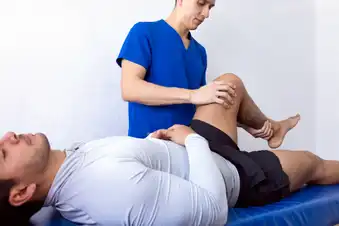
Follow Post-Op Physical Therapy
It’s likely you have or will have surgery to treat your TGCT, with a recommendation for physical therapy afterward. A physical therapist can teach you exercises that will help build strength, reduce pain and swelling, restore your range of motion, and help you get around better.
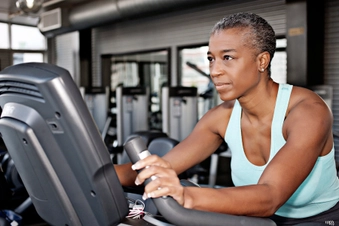
Lean Into Low-Impact Exercises
Exercise that gets your heart rate up and works your muscles and tendons to strengthen you without burdening your joints is ideal when you have TGCT. These low-impact options include swimming, spinning/biking, and walking.
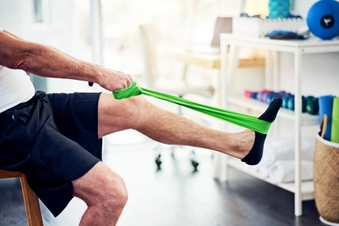
Build Your Strength
Alongside exercises that get your heart pumping, add some resistance to your routine. Strength training with resistance bands or light weights helps build muscle around your joints so they’re well-supported.

Work Out in Water
A pool is a great place to get physical activity while reducing pressure on your joints. The water provides natural resistance to your movements, building strength, and swimming helps boost your cardio health.
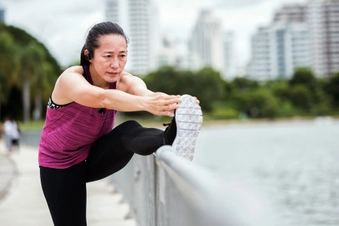
Don’t Skip the Warmup
Before you do any physical activity, give your body – and joints – a chance to get ready. A 5- to 10-minute warmup before you exercise gets your synovial fluid (the lubrication around your joints) flowing to make movement easier.
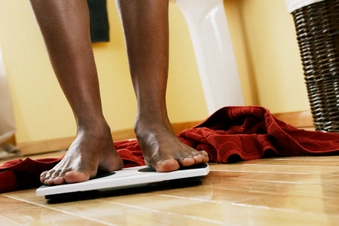
Take Weight off Your Frame
Research has shown that for every pound of weight you lose, you lower the pressure on your knee joints by as much as 4 pounds per walking step. Talk to your doctor about a healthy weight range for you and whether a focus on losing some pounds could improve your joint health.

Go Easy
You don’t have to do an Ironman for it to count as exercise. Start slow and go easy. If things feel good, you can ramp up your pace and intensity a little. Stop if you feel any new pain or notice anything out of the ordinary in your joints.
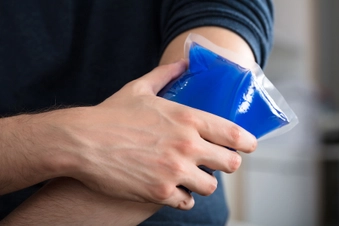
Try Heat and Ice
Warm towels or heating pads 20 minutes before you work out may help relax and loosen joints and muscles. After exercise, icing your joints can help reduce swelling.
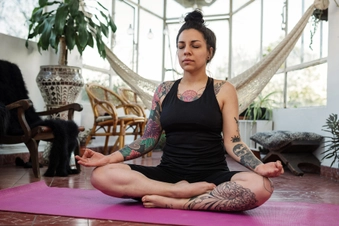
Mix Up Your Routine
Keep things interesting by doing different exercises throughout your week. Walk one day, and then hit the pool for some water aerobics the next. Balance out your resistance and cardio with some balance and mobility work by doing yoga, tai chi, or Pilates.
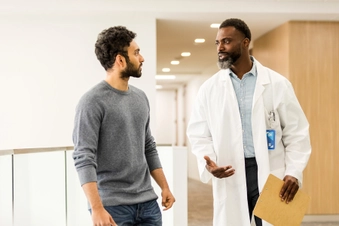
Talk to Your Doctor to Start
Above all, consult your doctor about what kind of movements are best for you pre- and post-surgery. Don’t start any new exercise routine without a green light. With the right kind of physical activity, you can support your joints and improve your overall health.
Show Sources
IMAGES PROVIDED BY:
- E+/Getty Images
- E+/Getty Images
- iStock/Getty Images
- E+/Getty Images
- Moment/Getty Images
- DigitalVision/Getty Images
- Tetra Images/Getty Images
- iStock/Getty Images
- E+/Getty Images
- E+/Getty Images
SOURCES:
Cleveland Clinic: “Tenosynovial Giant Cell Tumor.”
TGCT Support: “Recovery.”
Penn Medicine: “Low Impact Exercises for Joint Pain.”
Harvard Health: “5 weight training tips for people with arthritis,” “Exercise 101: Don't skip the warm-up or cool-down.”
Arthritis Foundation: “Hit the Pool to Relieve Joint Pain,” “Exercise and Strength Training With Arthritis.”
Texas A&M AgriLife Extension: “What Are The Benefits Of Warming Up Before Exercise?”
The Journal for Nurse Practitioners: “Exercises for Older Adults With Knee and Hip Pain.”
Mayo Clinic: “Exercise helps ease arthritis pain and stiffness.”